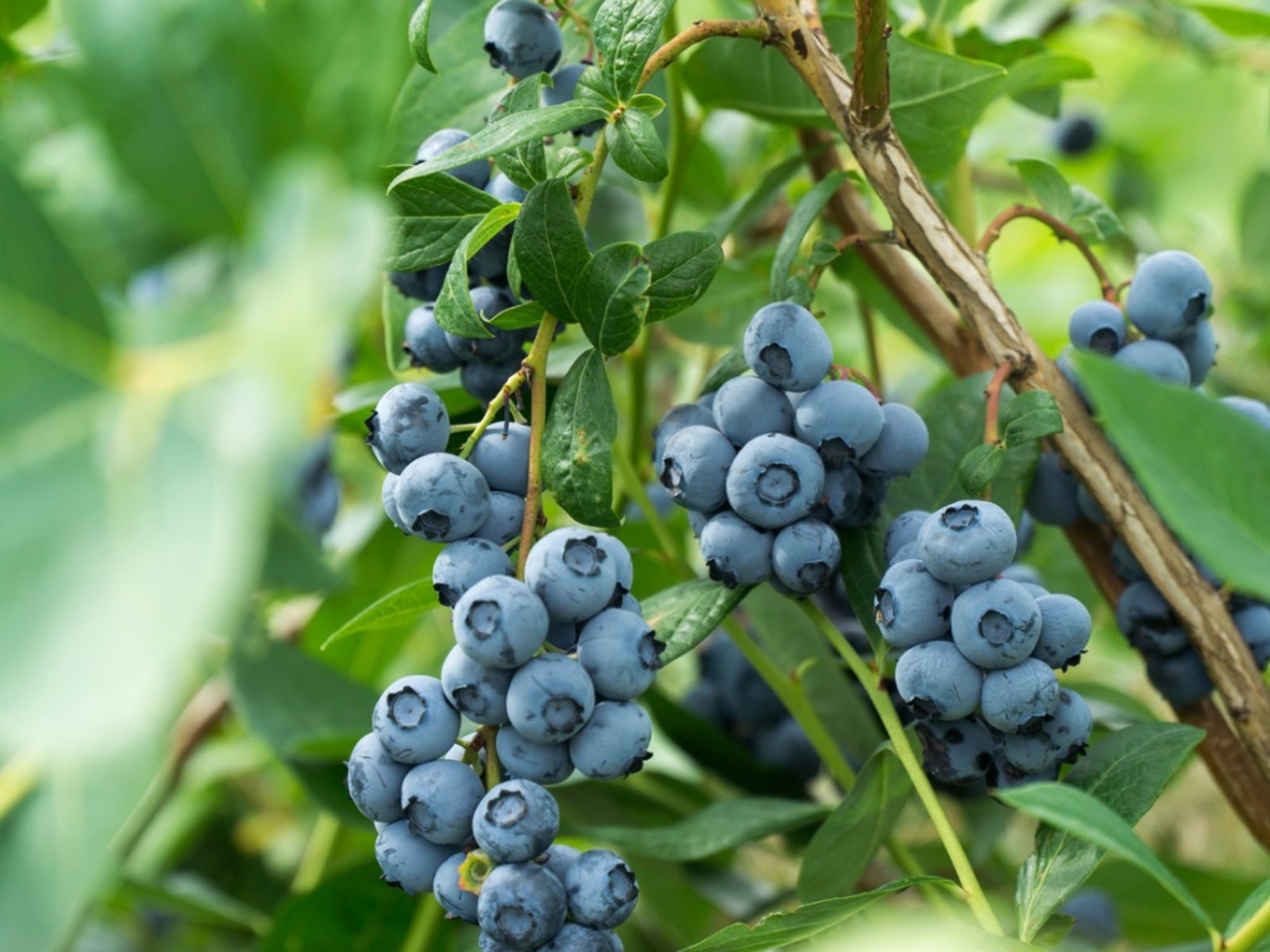Stem Canker On Blueberry Bushes – Tips On Treating Blueberry Stem Canker


Blueberry shrubs in the garden are a gift to yourself that just keeps on giving. Ripe, juicy berries fresh from the bush are a real treat. So, if you see stem cankers on blueberry bushes, you may panic. There are currently no effective blueberry stem canker treatments available in commerce, but you can take steps to manage the problem. Read on for information about botryosphaeria stem canker, including tips on what to do if you have blueberries with stem canker.
Identifying Blueberries with Stem Canker
If you live in the southeastern part of the country, your blueberries are at risk for botryosphaeria stem canker. This is a serious fungal disease of the berry shrubs and requires quick action on your part. That means you’ll want to recognize stem canker on blueberry plants rapidly. The first signs you are likely to spot if your berry bushes have botryosphaeria stem canker are lesions appearing on the stems of the shrubs. Initially small and red, the canker swells and grows over the next months. Deep cracks appear in the stems, sometimes girdling the plants. Current year stems are infected in springtime by the fungus. It then overwinters on the plants and infects new canes in spring.
Treating Blueberry Stem Canker
Unfortunately, you’ll have a hard time treating blueberry stem canker. Since stem canker on blueberry is caused by a fungus, you may think that fungicides can be used for blueberry stem canker treatment. This is not the case. You may be able to save your shrubs by fast action when you see stem canker on blueberry canes. Using sterilized pruners, clip out the bushes 6 to 8 inches (15-20 cm.) below the lowest signs of stem disease or discoloration. Burn or dispose of the diseased portions of the stems. Although you can’t find effective blueberry stem canker treatment, you can take steps to prevent this disease. First on your list should be checking shrubs for canker before you buy them. Be sure you bring home disease-free plants. Second, try to purchase disease-resistant blueberry cultivars. If your garden store doesn’t have any, ask them if they might order them, or buy online from a reliable nursery that offers them.
Sign up for the Gardening Know How newsletter today and receive a free copy of our e-book "How to Grow Delicious Tomatoes".

Teo Spengler is a master gardener and a docent at the San Francisco Botanical Garden, where she hosts public tours. She has studied horticulture and written about nature, trees, plants, and gardening for more than two decades, following a career as an attorney and legal writer. Her extended family includes some 30 houseplants and hundreds of outdoor plants, including 250 trees, which are her main passion. Spengler currently splits her life between San Francisco and the French Basque Country, though she was raised in Alaska, giving her experience of gardening in a range of climates.